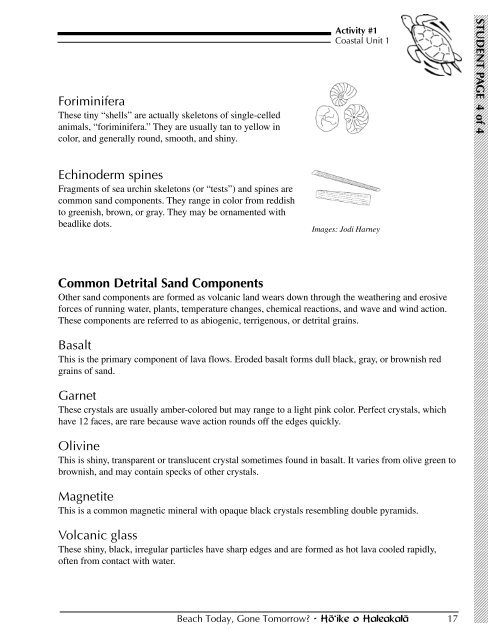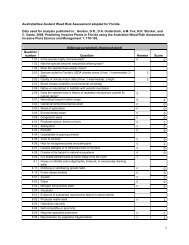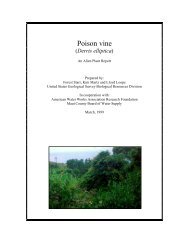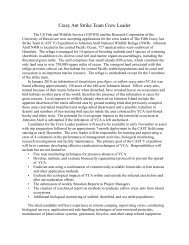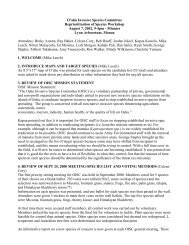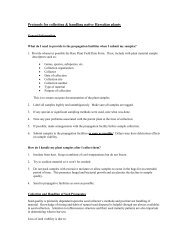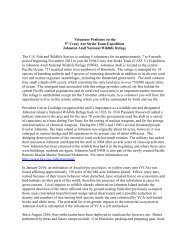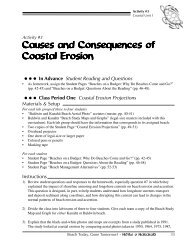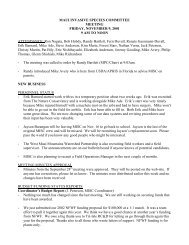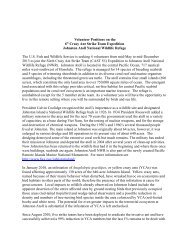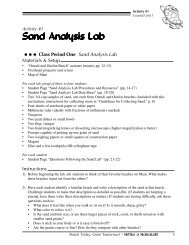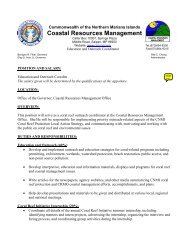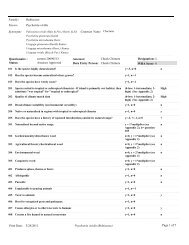Coastal - Hawaiian Ecosystems at Risk project
Coastal - Hawaiian Ecosystems at Risk project
Coastal - Hawaiian Ecosystems at Risk project
You also want an ePaper? Increase the reach of your titles
YUMPU automatically turns print PDFs into web optimized ePapers that Google loves.
123456<br />
123456<br />
123456<br />
123456<br />
123456<br />
123456<br />
123456<br />
123456<br />
123456<br />
123456<br />
123456<br />
123456<br />
123456<br />
123456<br />
123456<br />
123456<br />
123456<br />
123456<br />
123456<br />
123456<br />
123456<br />
123456<br />
123456<br />
123456<br />
123456<br />
123456<br />
123456<br />
123456<br />
123456<br />
123456<br />
123456<br />
123456<br />
123456<br />
123456<br />
123456<br />
123456<br />
123456<br />
123456<br />
123456<br />
123456<br />
123456<br />
123456<br />
123456<br />
123456<br />
123456<br />
123456<br />
123456<br />
123456<br />
123456<br />
123456<br />
123456<br />
123456<br />
123456<br />
123456<br />
123456<br />
123456<br />
123456<br />
123456<br />
123456<br />
123456<br />
123456<br />
123456<br />
123456<br />
123456<br />
123456<br />
123456<br />
123456<br />
123456<br />
123456<br />
123456<br />
123456<br />
123456<br />
123456<br />
123456<br />
123456<br />
123456<br />
123456<br />
123456<br />
123456<br />
123456<br />
123456<br />
123456<br />
123456<br />
123456<br />
123456<br />
123456<br />
123456<br />
123456<br />
123456<br />
123456<br />
123456<br />
123456<br />
123456<br />
123456<br />
123456<br />
123456<br />
123456<br />
123456<br />
123456<br />
123456<br />
123456<br />
123456<br />
123456<br />
123456<br />
123456<br />
123456<br />
123456<br />
123456<br />
123456<br />
123456<br />
123456<br />
123456<br />
123456<br />
123456<br />
123456<br />
123456<br />
123456<br />
123456<br />
123456<br />
123456<br />
123456<br />
123456<br />
123456<br />
123456<br />
123456<br />
123456<br />
123456<br />
123456<br />
123456<br />
123456<br />
123456<br />
123456<br />
123456<br />
123456<br />
123456<br />
123456<br />
123456<br />
123456<br />
123456<br />
123456<br />
123456<br />
123456<br />
123456<br />
123456<br />
123456<br />
123456<br />
123456<br />
123456<br />
123456<br />
123456<br />
123456<br />
123456<br />
123456<br />
123456<br />
123456<br />
123456<br />
123456<br />
123456<br />
123456<br />
123456<br />
123456<br />
123456<br />
123456<br />
123456<br />
123456<br />
123456<br />
123456<br />
123456<br />
123456<br />
123456<br />
123456<br />
123456<br />
123456<br />
123456<br />
123456<br />
123456<br />
123456<br />
123456<br />
123456<br />
123456<br />
123456<br />
123456<br />
123456<br />
123456<br />
123456<br />
123456<br />
123456<br />
123456<br />
123456<br />
123456<br />
123456<br />
123456<br />
123456<br />
123456<br />
123456<br />
123456<br />
123456<br />
123456<br />
123456<br />
123456<br />
123456<br />
123456<br />
123456<br />
123456<br />
123456<br />
123456<br />
123456<br />
123456<br />
123456<br />
123456<br />
123456<br />
123456<br />
123456<br />
123456<br />
123456<br />
123456<br />
123456<br />
123456<br />
123456<br />
123456<br />
123456<br />
123456<br />
Foriminifera<br />
These tiny “shells” are actually skeletons of single-celled<br />
animals, “foriminifera.” They are usually tan to yellow in<br />
color, and generally round, smooth, and shiny.<br />
Activity #1<br />
<strong>Coastal</strong> Unit 1<br />
STUDENT PAGE<br />
123456<br />
4 of 4<br />
123456<br />
123456<br />
Echinoderm spines<br />
Fragments of sea urchin skeletons (or “tests”) and spines are<br />
common sand components. They range in color from reddish<br />
to greenish, brown, or gray. They may be ornamented with<br />
beadlike dots.<br />
Images: Jodi Harney<br />
Common Detrital Sand Components<br />
Other sand components are formed as volcanic land wears down through the we<strong>at</strong>hering and erosive<br />
forces of running w<strong>at</strong>er, plants, temper<strong>at</strong>ure changes, chemical reactions, and wave and wind action.<br />
These components are referred to as abiogenic, terrigenous, or detrital grains.<br />
Basalt<br />
This is the primary component of lava flows. Eroded basalt forms dull black, gray, or brownish red<br />
grains of sand.<br />
Garnet<br />
These crystals are usually amber-colored but may range to a light pink color. Perfect crystals, which<br />
have 12 faces, are rare because wave action rounds off the edges quickly.<br />
Olivine<br />
This is shiny, transparent or translucent crystal sometimes found in basalt. It varies from olive green to<br />
brownish, and may contain specks of other crystals.<br />
Magnetite<br />
This is a common magnetic mineral with opaque black crystals resembling double pyramids.<br />
Volcanic glass<br />
These shiny, black, irregular particles have sharp edges and are formed as hot lava cooled rapidly,<br />
often from contact with w<strong>at</strong>er.<br />
Beach Today, Gone Tomorrow? • Höÿike o Haleakalä 17


